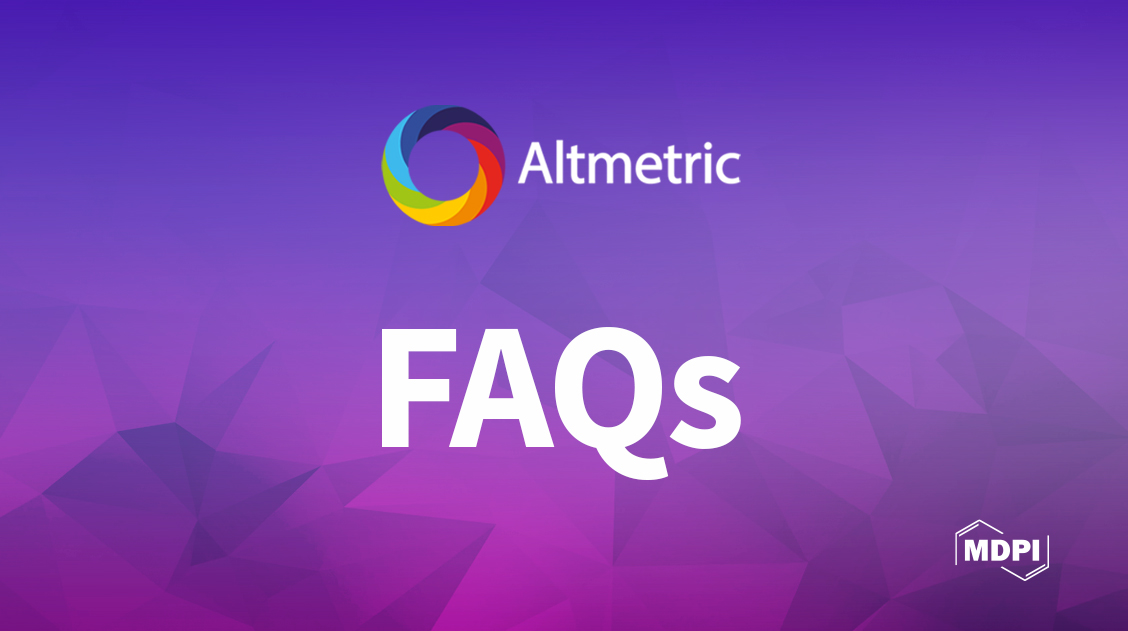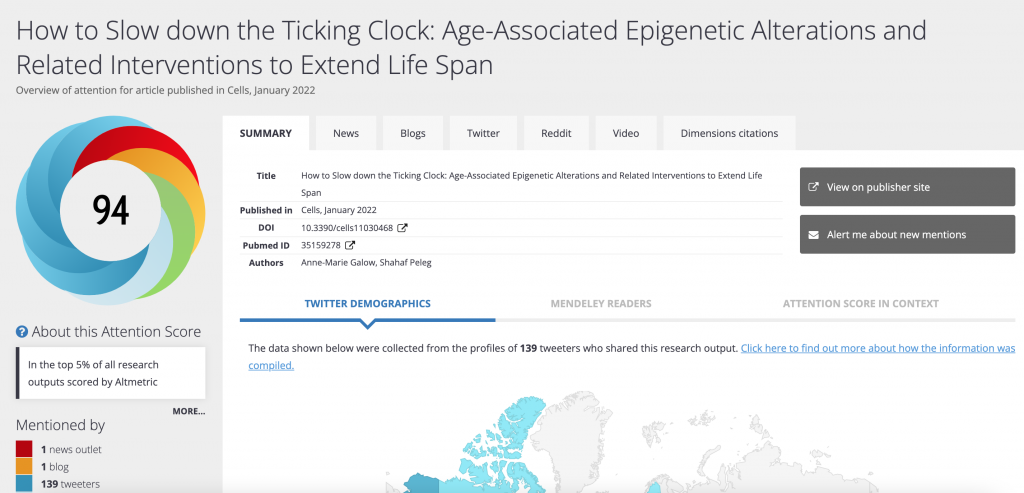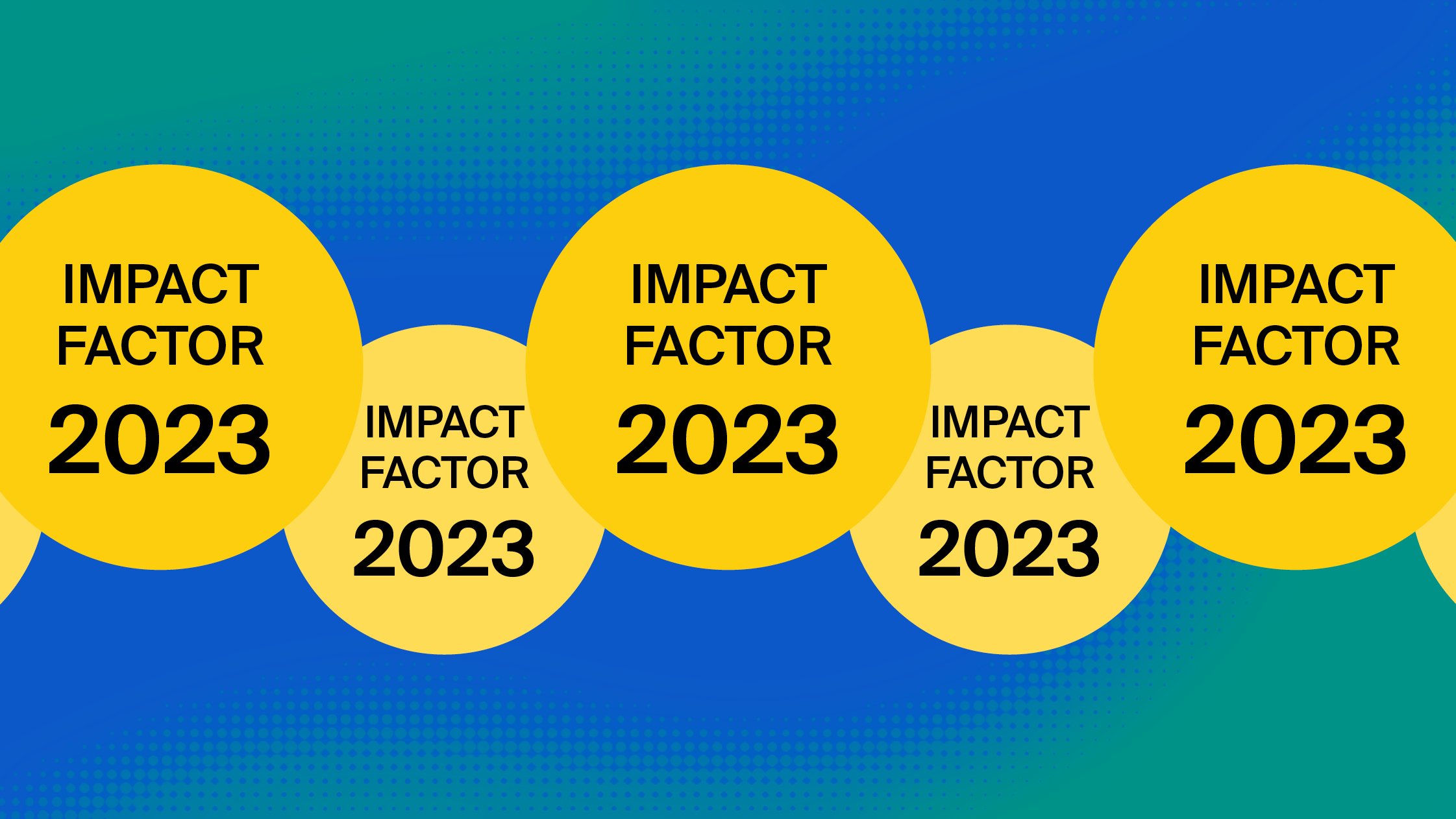
Everything You Need to Know About Altmetrics
Altmetrics as a concept began gaining traction in 2011. Since then, they’ve become increasingly popular as a method of evaluating research.
Altmetrics are indicators of the online attention that a piece of research has received. At MDPI, we use them to monitor the performance of research.
These metrics may seem confusing at first, but below you will find the answers to some key questions about these fascinating, indicative metrics.
1. What are altmetrics?
Altmetrics is a portmanteau denoting ‘alternative metrics’. They are called this because they differ from the traditional metrics used to measure a manuscript’s impact. These include Impact Factor, CiteScore, and Scimago Journal Rank.
Altmetrics are different. They allow us to determine how far research is shared across the Internet, for example, on social media platforms. This is important, as greater exposure means more readers, and in turn more citations.
2. How are altmetrics calculated?
‘Altmetrics’ are calculated using many ‘identifiers’ to track research. These identifiers include ISBNs (the codes on the back of books) and DOIs (the codes assigned to manuscripts). They are linked to a wealth of data, including how many times a paper has been shared. These mentions and shares are transformed into a numerical score.
3. When are altmetrics released?
Unlike with other metrics, there is no big release date. Instead, you can see these in the Altmetric Badges on the website, updated in real time for social media. This makes it easier to track the progress of a paper via altmetrics than using any other metric.
4. What can get an Altmetric score?
Any work published in an academic journal can receive attention. All you need to do is download the Altmetric bookmarklet to your browser.
5. Why are altmetrics used?
Altmetrics are used by publishers to track their reach. Often, they want to know who their readers are, and where they reside. They are also used by authors who want to assess how far their research is disseminated. They can also be used to compare the attention paid to other manuscripts as well.
6. Who created altmetrics?
Altmetric, the company, was founded by Euan Adie in 2011. Originally, altmetrics was a ‘movement’ that grew out of dissatisfaction with conventional journal metrics. Adie is a former researcher who submitted a primitive version of altmetrics to Elsevier’s Apps for Science competition. Upon winning, he invested the prize fund back into the idea, and Altmetric Explorer was born.
7. What is Altmetric Explorer?
Altmetric Explorer is a tool that allows users to easily search for and analyse altmetric data.
8. How do I use altmetrics?
Altmetric Explorer provides a detailed step-by-step guide and instruction video for first-time users of the tool. The guide includes useful diagrams that make it as easy as possible to get started.
9. Are altmetrics respected?
All metrics have benefits and drawbacks; altmetrics are no different. On one hand, they are renowned for their usefulness. They clearly show the extent of a manuscript’s reach. However, they are not as well known as other, more traditional metrics. They have been criticised as being easily manipulated and dependent on publication date.
10. What is considered a “good” score for altmetrics?
The score shows you when a paper has attracted attention. There are ways to put this score into context. You can find out more about the score in context and how you can evaluate your work in this way.
11. How do I find out the altmetrics of a journal?
Journals aren’t ranked by Altmetric itself. However, specific journals sometimes include an Altmetric badge on their journal article pages.
Here is an example of where you can find the altmetrics for an MDPI manuscript:
 By clicking “Altmetrics” in the bottom left corner, you will be taken to the full Altmetric report for that manuscript, as shown below.
By clicking “Altmetrics” in the bottom left corner, you will be taken to the full Altmetric report for that manuscript, as shown below.
12. How can I increase the altmetrics for my work?
Altmetrics are all about output and mentions. Academics can increase the reach of their research fairly easily. For example, they can promote it on their company’s social media platforms. They can also encourage collaborators to promote their work.
13. What does Altmetric Explorer allow me to search for?
Altmetric Explorer allows users to filter their searches in various ways. For example, they can access an overview based on a publisher, journal, or subject area, etc. They can also search for data generated within a specific period of time, e.g., within the last month.
Altmetric has recently created a Badge Toolkit, which helps to inform editors and authors about Altmetric Badges and how they can be used to interpret data. The company will be holding a webinar on Altmetric Badges on Wednesday 20th July, which will explain the sources that Altmetric tracks, the Altmetric Attention Score, and the Altmetric Details Page, as well as providing guidance on the new toolkit.
By Katherine Bosworth and Jenny Knowles












Does MDPI still using altmetric?
Hi,
Yes, MDPI does still use Altmetric; when you visit an article on the MDPI website, you can see the article’s Altmetric score on the upper-right-hand-side of the page. If you click that you can visit the Altmetric website for more information.
Hope this answers your question.
Thanks for sharing this blog. it is highly informative.
Hi Abeer, thank you for reading the MDPI Blog!